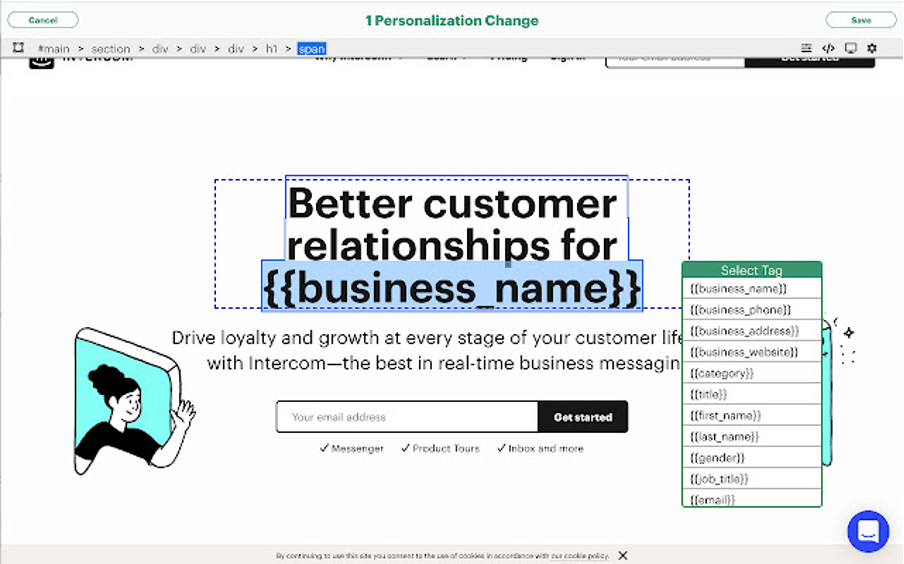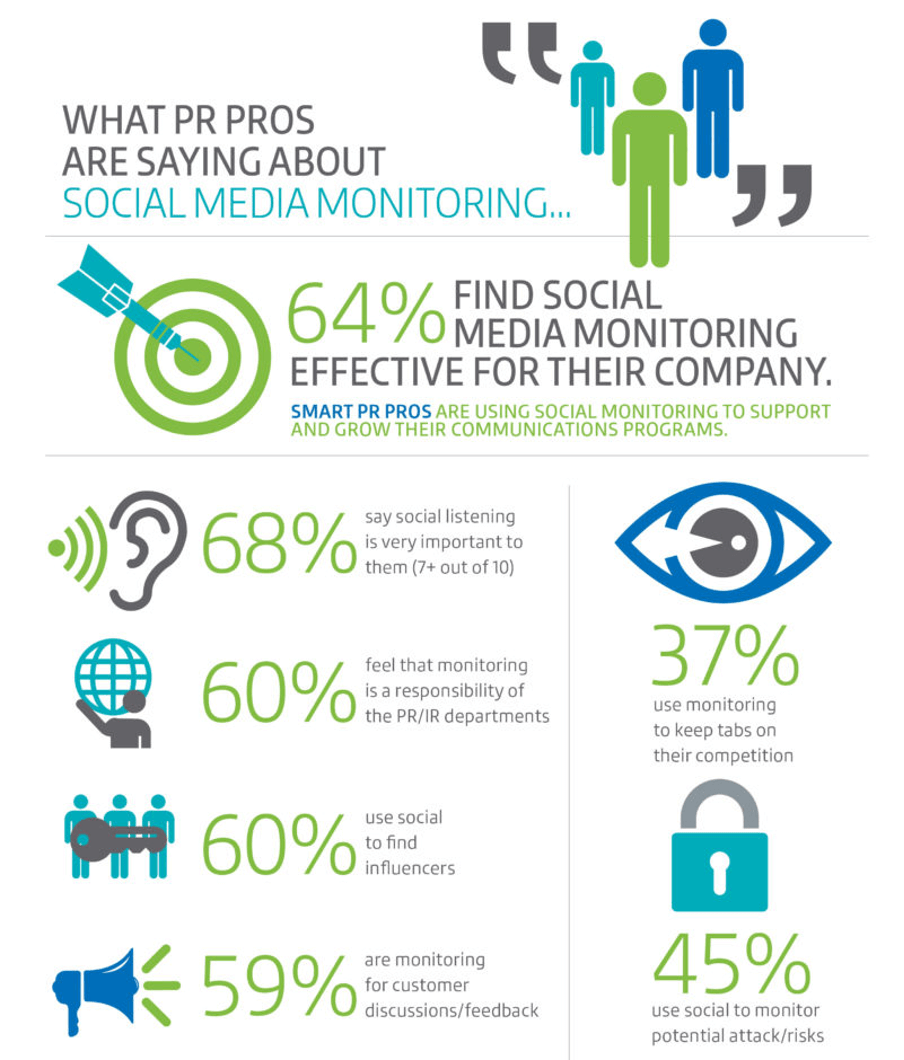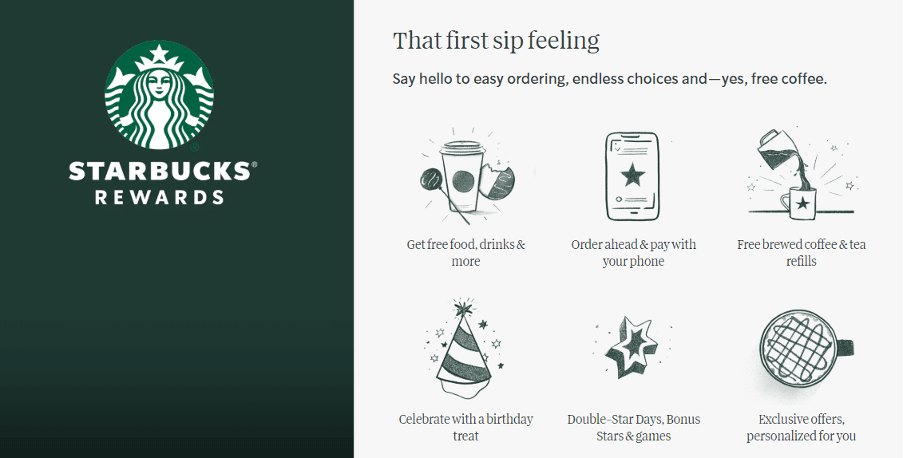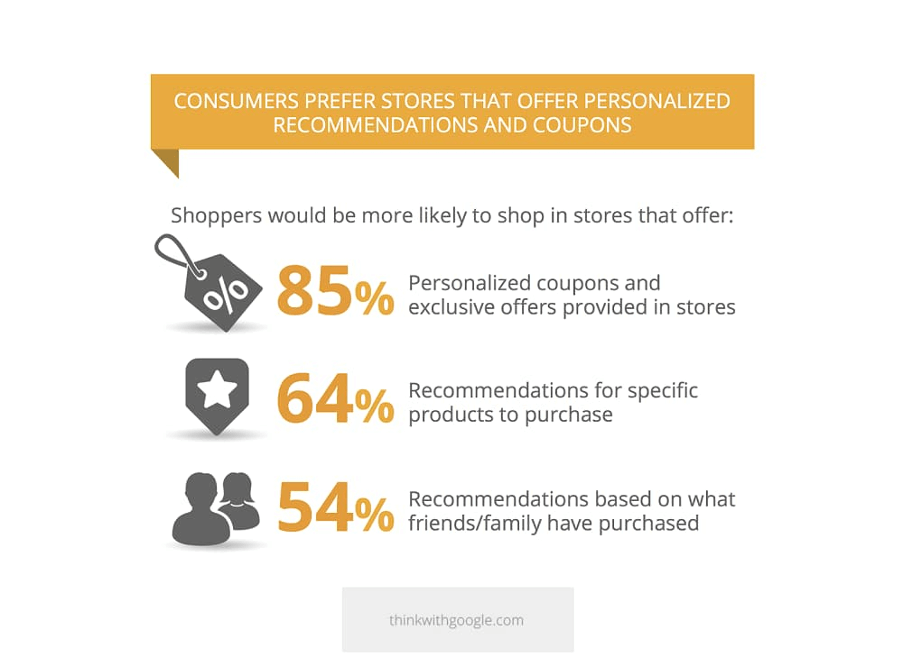
Experience Management
6 ways personalized customer engagement can build better relations
In this article, we'll be diving into the world of personalized customer engagement and how it can help your business thrive.
We will explain how to tailor your communication and interactions to the specific needs and preferences of individual customers, creating a sense of trust, belonging, and intimacy.
So, let's dive in and discover how personalization can help your business build better relationships with your customers.
1. Use personalized greetings
Personalized greetings can have a huge impact on building better relationships with customers. It's a simple yet powerful way to show that you recognize and value them as individuals.
When a business greets a customer by name, it creates a sense of belonging and trust. This is because it shows that the business has taken the time to learn who they are and that they care about them.
Personalized greetings don't have to be complicated. Just using a customer's name in an email or on a website is a great start. It's a small touch that can go a long way in making a customer feel acknowledged and appreciated.
To make personalized greetings more scalable and efficient, you can use customer data and segmentation tools. For example, you need to follow the right e-commerce website design tips to create a personalized e-commerce platform for your targeted customers.
With some tools you can even personalize your public website using stored cookies.

Example of injecting visitor’s business name as a variable on your website
2. Customize your communication
When it comes to personalized customer engagement, understanding the customer's journey is key. It's important to know where they are in their buying process and what their pain points are, so you can tailor your communication to meet their needs.
This is where customized communication comes in. By tailoring messages and offers to the right time and in the right channel, you're more likely to grab their attention and keep them engaged.
For example, imagine you run an e-commerce store and you have a customer who abandoned their cart. You could send them an automated email with a personalized offer to complete their purchase, with a sense of urgency to act on it.
Or you could use their purchase history to recommend similar products to them, showing that you understand their preferences and needs.
To gather customer data and insights, you can use tools like surveys, polls, or web analytics. You can also use social media management tools for social listening and monitoring customer conversations to gather insights about their pain points, interests and preferences.

Image credit: BusinessWire.com
Remember, the more you know about your customer, the better you can tailor your communication and offers to meet their needs.
3. Invest in one-to-one interactions
One-to-one interactions like live chats or phone calls can be a game-changer when it comes to building better relationships with your customers. They allow you to connect with your customers on a personal level, creating a sense of intimacy and trust.
With one-to-one interactions, you can offer personalized support and assistance, addressing their specific needs and concerns. For example, if you run an e-commerce store, you can have a live chat option for customers to ask for support or product recommendations. Or, if you run a service-based business, you can have a dedicated customer service line for customers to call in case of an issue.
These interactions allow you to build better customer relationships by addressing their issues promptly and providing them with personalized support.
To ensure one-to-one interactions are efficient and effective, you can use tools like chatbots or AI-based systems to handle repetitive queries, leaving your human agents to handle more complex issues.
You can also train your agents to handle one-to-one interactions with empathy and active listening skills, creating a positive customer experience. In case you don’t have the capacity in-house to have calls with so many customers, you could use a virtual call center.
To measure their impact, you can track metrics such as customer satisfaction, resolution time, and customer retention.
By monitoring these metrics, you can identify areas for improvement and make necessary adjustments to ensure that your one-to-one interactions are creating a positive impact on customer engagement and loyalty.
4. Offer rewards and incentives through loyalty programs
When customers feel like they are being rewarded for their loyalty, they are more likely to continue doing business with you. Personalizing rewards and incentives means tailoring them to the specific needs and preferences of individual customers.
This could be anything from customized discounts to exclusive offers or early access to new products.
For example, you could offer a loyalty program that rewards customers with points for every purchase they make, and then use those points to offer them personalized discounts or free products. Or, you could use customer data to offer personalized deals or discounts on products they have shown interest in before.
To design and execute effective personalized rewards and incentives programs, you need to start by understanding your customers. You can use surveys or polls to gather information about their needs and preferences, or track their behavior on your website or in-store.
Once you have this information, you can use it to design rewards and incentives that will be most appealing to them. Also, you need to make sure that the program is easily accessible and simple to use, so customers can easily understand how to take advantage of it.

Image credit: Spaaza.com
And, keep in mind that these programs should be regularly reviewed and updated to ensure they remain relevant, effective and aligned with your customers' needs.
5. Show personalized recommendations
Personalized recommendations are a great way to improve customer engagement and show that you understand their needs and preferences. Imagine you are browsing on a website and the site starts suggesting products or services that align with what you've been looking at.
Doesn't that make you feel like the business is paying attention to you and trying to help you find what you're looking for? That's the power of personalized recommendations. It's like having a personal shopper or salesperson who gets to know you and your interests. For example, to increase trust among the customers, brands add an email signature to each email that sends to customers and they feel secure in sharing their feedback and complain.
You could use a customer's browsing history to recommend similar products or use purchase history to suggest complementary products or services. By doing this, you're showing your customers that you understand them and are willing to go the extra mile to help them find what they're looking for.

Image credit: Talon.one
To make this process more scalable and efficient, you can use technology like machine learning and AI to analyze customer data, and customer segmentation to group customers with similar characteristics and provide personalized recommendations based on those segments.
And, don't forget to regularly review and update the customer data and algorithm to make sure the recommendations remain relevant and effective.
6. Ask for feedback and reviews
An excellent way to improve customer engagement is by allowing customers to share their experiences and opinions. When customers feel like their feedback is being heard and acted upon, they are more likely to trust and engage with a business.
You can gather feedback and reviews by conducting customer satisfaction surveys or by allowing customers to leave reviews on your website.
For example, you can use a survey to gather specific feedback on a product or service, or you can use a review platform to gather more general feedback on the customer's overall experience with your business.
Gathering feedback and reviews is just the first step, it's important to also analyze and act on that feedback. You can use tools like sentiment analysis to identify patterns in customer feedback and identify areas for improvement.
Then, you can use that information to make changes to your products, services, or customer experience. For example, if a large number of customers are providing feedback about a specific issue, you can take steps to address that issue and let your customers know that you're listening and acting on their feedback.
Also, you can use feedback as an opportunity to show your customers that you value their opinion and that you're working to improve. By showing that you are responsive to feedback, you are building trust and engagement with your customers.
Key takeaways for personalizing customer engagement
In short, personalized customer engagement is all about tailoring interactions and communication to the specific needs and preferences of individual customers. Personalizing greetings, communication, rewards, and recommendations can create a sense of trust, belonging, and intimacy with customers, leading to increased engagement and loyalty.
The first key takeaway is the power of personalized greetings, such as using a customer's name in emails or on a website, it creates a sense of belonging and trust with customers.
Another key takeaway is the importance of customized communication, tailoring messages and offers to the customer's specific needs and interests, which can have a big impact on customer engagement and loyalty.
It’s important to use one-to-one interactions, like live chats or phone calls, which are great for creating a sense of intimacy and trust.
Personalized rewards and incentives, such as customized discounts or loyalty programs tailored to individual customers, can also increase engagement and loyalty.
To wrap it up, you can use personalization to build better relationships with customers by understanding their needs, preferences and pain points, and tailor your in a way that your customer feels it’s been a personal connection.